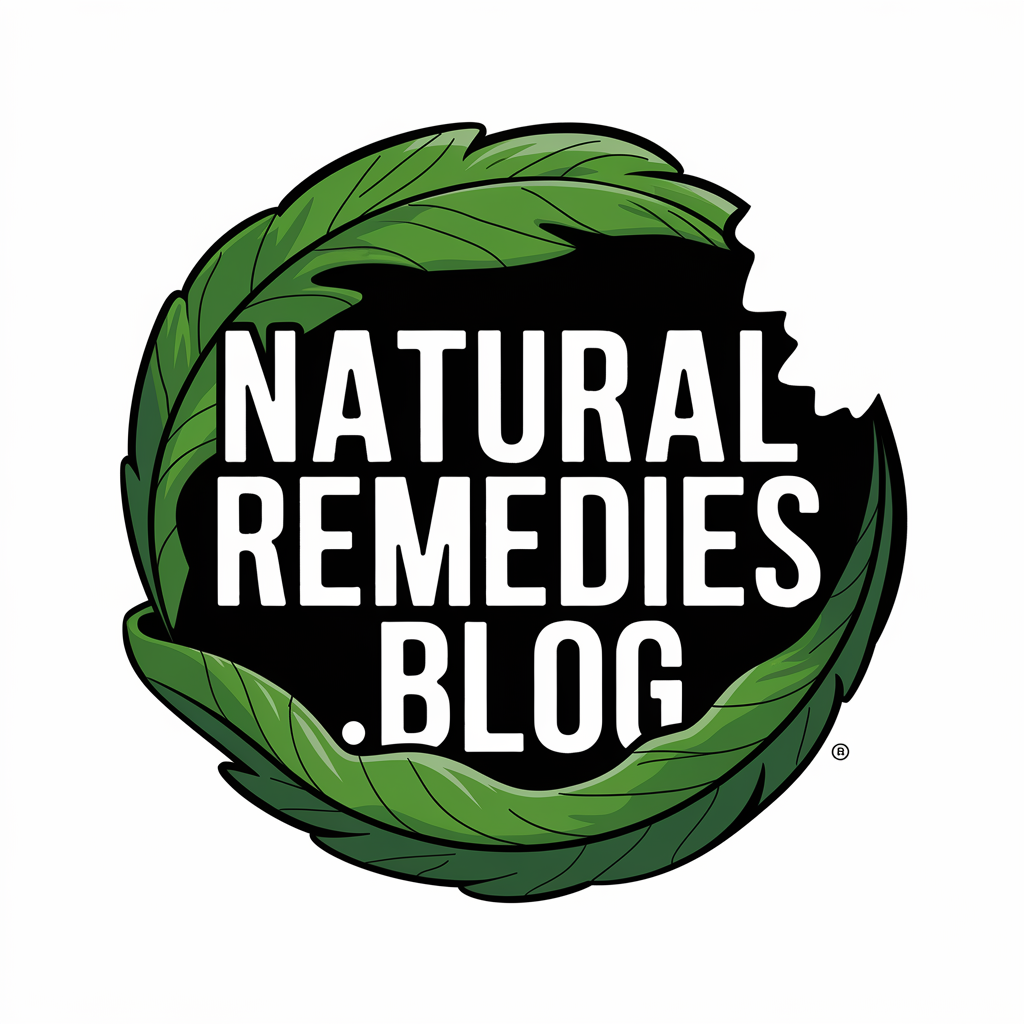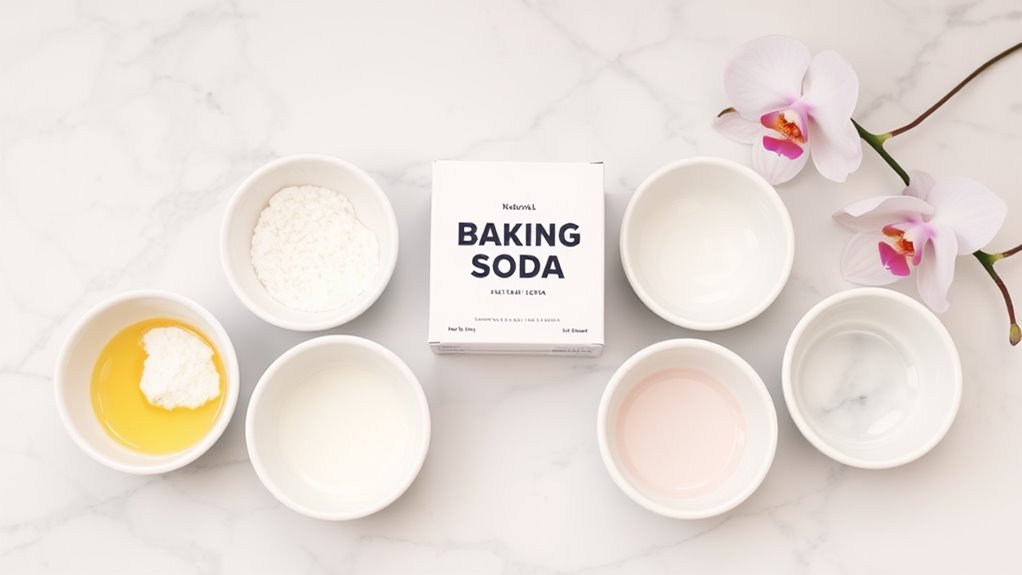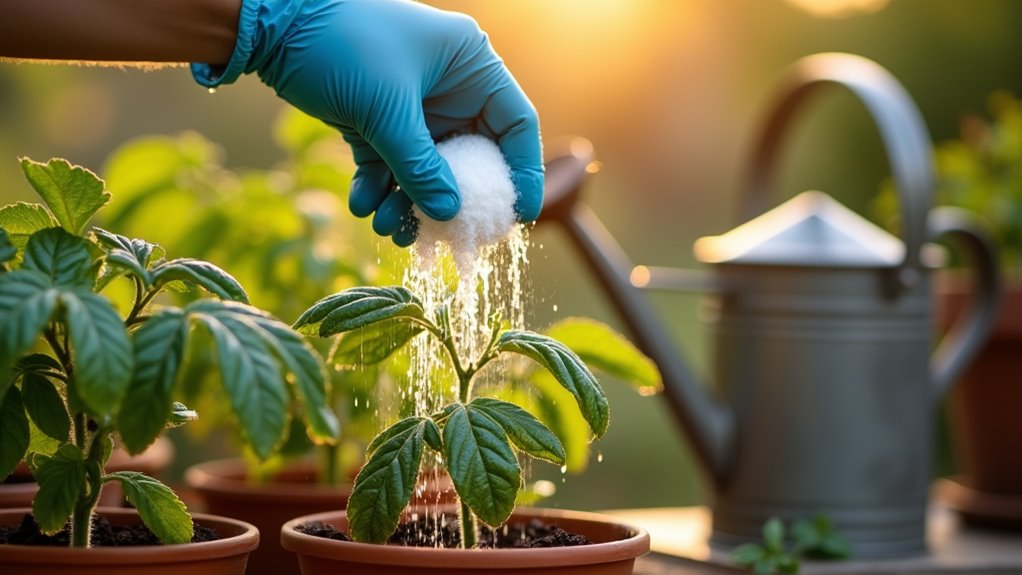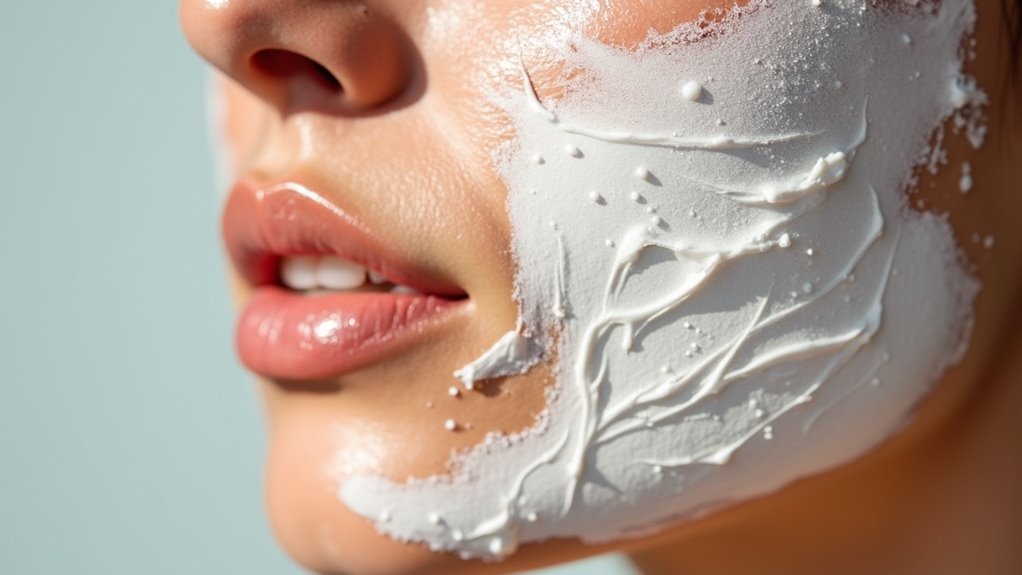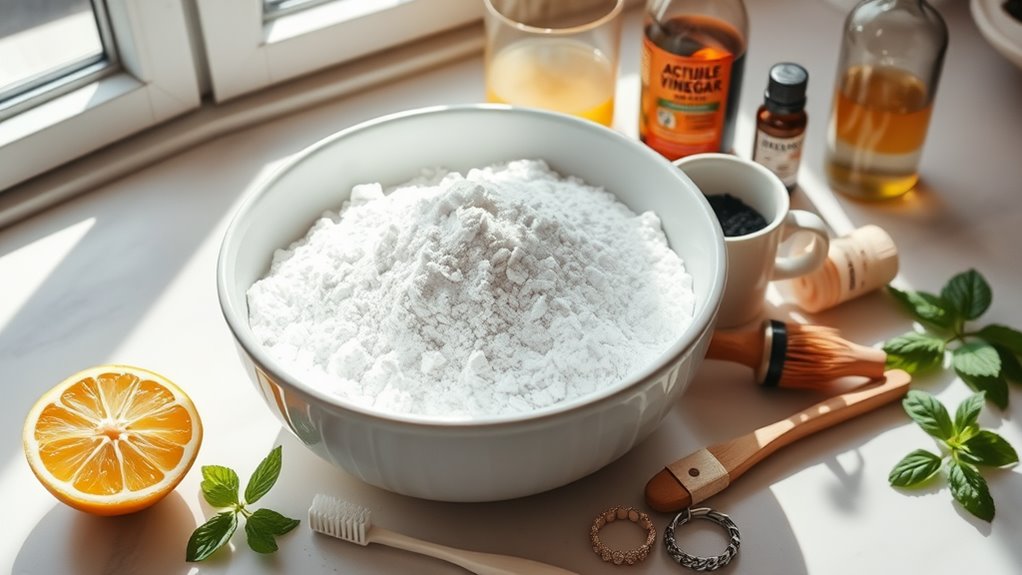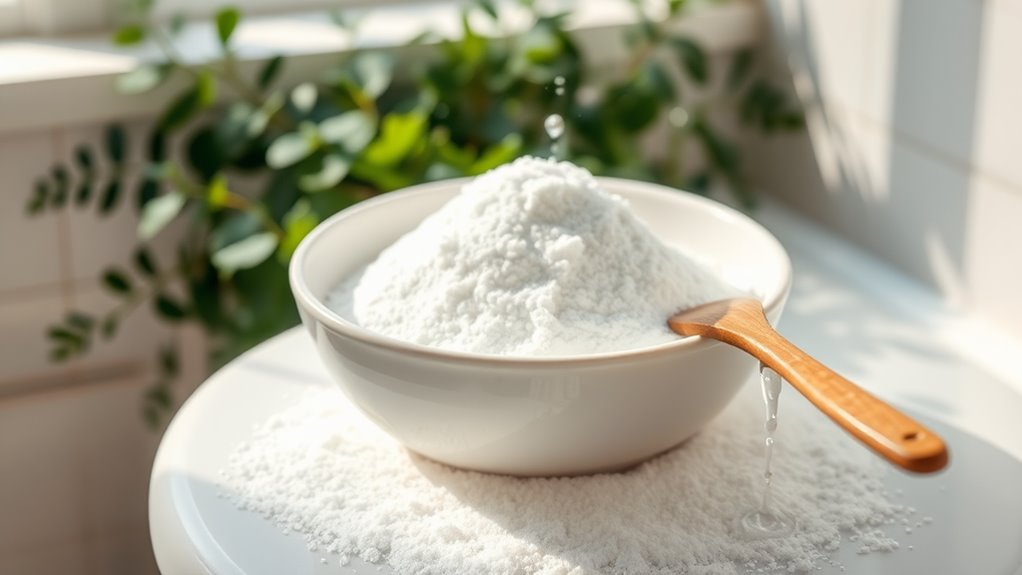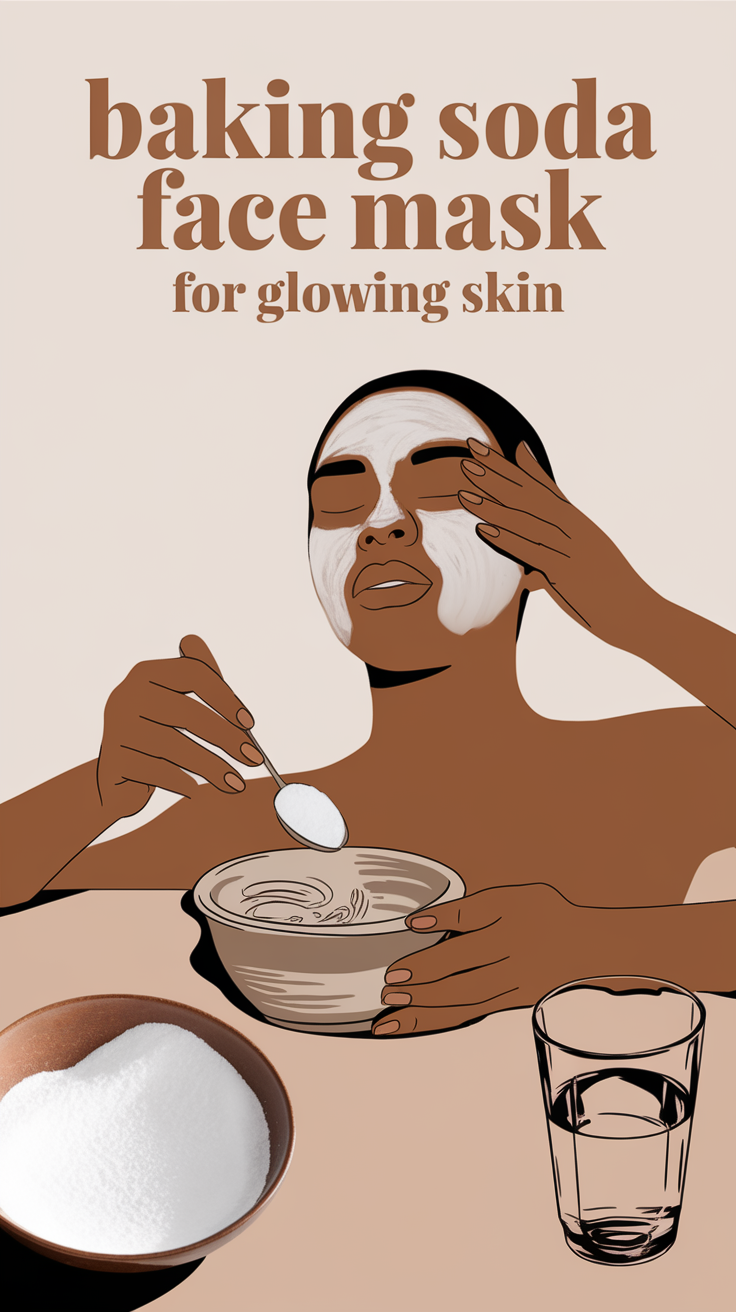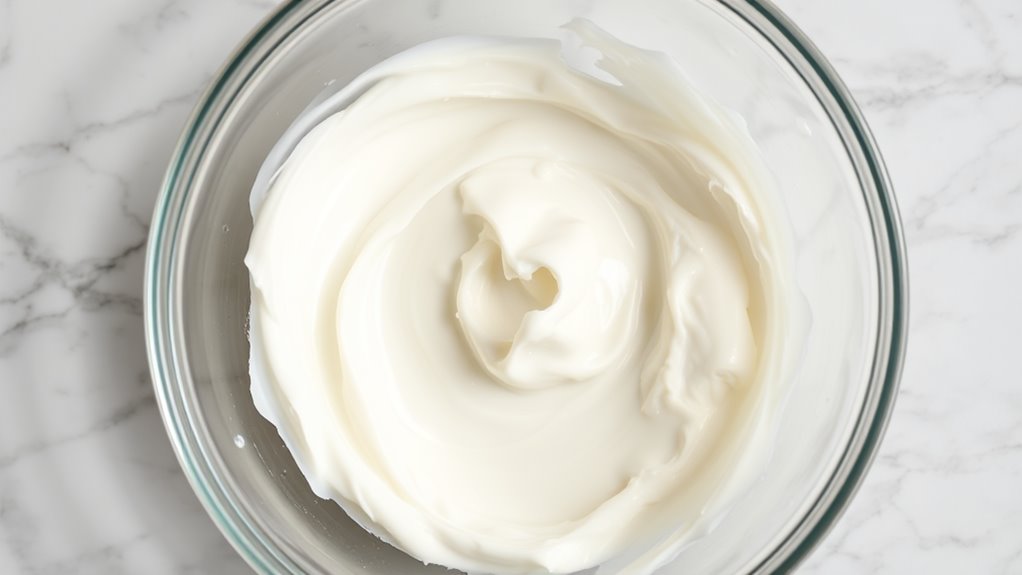5 Ways to Use Baking Soda for Glowing Skin
Baking soda’s natural exfoliating and pH-balancing properties can transform your skincare routine into a glowing success. You’ll want to create a gentle exfoliating mask by mixing it with water, use it as a targeted acne spot treatment, brighten dark spots when combined with vitamin C-rich ingredients, soothe irritated skin with a bath soak, and craft a natural deodorant paste. While these methods can be effective, proper dilution and patch testing guarantee best results before incorporating these techniques.
Creating a Natural Exfoliating Mask
Transform your skincare routine with a simple yet effective baking soda exfoliating mask.
To create this natural exfoliant, combine one teaspoon of baking soda with one tablespoon of warm water until you achieve a smooth paste consistency. Baking soda’s natural exfoliant properties help remove dead skin cells and unclog pores, enhancing your skin’s overall appearance.
For enhanced benefits, incorporate moisturizing elements like coconut oil or honey into your baking soda face mask. This mixture helps unclog your pores while removing excess oils from the skin.
Apply the mixture in gentle circular motions, focusing on areas that need extra attention.
Use this treatment once or twice weekly to maintain ideal results without causing irritation.
For sensitive skin, perform a patch test first and consider adding soothing ingredients like oat flour or rose water.
Fighting Acne With Baking Soda
While many seek natural remedies for acne treatment, baking soda’s role in skincare requires careful consideration due to its mixed scientific evidence. Despite its antiseptic properties, dermatologists caution against frequent use due to potential skin barrier disruption and pH imbalance. Since baking soda has a pH of 9, it can severely disrupt the skin’s natural acidic balance, leading to increased sensitivity over time.
| Action | Precaution |
|---|---|
| Mix with water | Use minimal amount |
| Apply as spot treatment | Limit to 10-15 minutes |
| Rinse thoroughly | Use lukewarm water |
| Monitor skin reaction | Stop if irritation occurs |
| Avoid daily use | Consider proven alternatives |
If you’re considering baking soda for acne, consult a dermatologist first. Traditional acne treatments like benzoyl peroxide and salicylic acid offer more reliable, scientifically-proven results with established safety profiles.
Brightening Dark Spots and Uneven Skin
Beyond acne treatment, baking soda has gained attention for its potential to brighten dark spots and even skin tone. It works through two primary mechanisms: gentle exfoliation and mild bleaching effects from its sodium bicarbonate content.
You’ll need to create a paste by mixing baking soda with water or lemon juice. Baking soda’s lightening properties can help effectively break down melanin clusters that cause dark spots.
Apply it directly to dark spots for 5-10 minutes, using circular motions. The versatile ingredient can be safely used on multiple areas like lips, elbows, and knees.
For best results, limit applications to once or twice weekly to protect your skin’s moisture barrier. While the effects are gradual, you can enhance results by combining it with vitamin C-rich ingredients.
Just remember to moisturize afterward and always use sunscreen to prevent further pigmentation.
Soothing Irritated and Sensitive Skin
Have you ever struggled with sensitive, irritated skin that needs gentle yet effective care? Baking soda’s antibacterial and anti-inflammatory properties can provide relief while helping balance your skin’s pH levels. National Eczema Association recommends baking soda treatments for itch relief, and its natural antibacterial properties can help prevent breakouts.
| Application | Benefits | Precautions |
|---|---|---|
| Bath Soak | Reduces inflammation | Use moderate concentration |
| Paste | Treats bacterial infections | Avoid daily use |
| Cool Compress | Soothes itching | Moisturize after |
| Spot Treatment | Balances pH | Consult dermatologist |
For best results, combine baking soda with natural ingredients like oatmeal or chamomile. You’ll find relief from conditions like eczema, psoriasis, and aquagenic pruritus. Remember to use it cautiously on sensitive areas and always follow up with a moisturizer.
Using Baking Soda as a Natural Deodorant
Looking for a natural alternative to commercial deodorants?
Baking soda’s antibacterial properties and pH-neutralizing action effectively combat underarm odor by creating an environment unfavorable for bacterial growth. However, its abrasive nature can irritate sensitive underarm skin over time. Additionally, baking soda neutralizes acids that can contribute to body odor.
- Create a paste by mixing 1/4 teaspoon baking soda with lukewarm water for easy application.
- Combine with coconut oil (1:4 ratio) and essential oils like lavender for enhanced antibacterial benefits.
- Blend with cornstarch (1:6 ratio) to improve moisture absorption and antiperspirant effects.
- Mix with natural butters (1:2 ratio) to soothe skin while deodorizing.
Always perform a patch test first, as baking soda can cause irritation in sensitive individuals.
References
- https://www.healthline.com/health/beauty-skin-care/baking-soda-for-skin
- https://www.jintegrativederm.org/api/v1/articles/122501-baking-soda-and-the-skin-a-review-of-baking-soda-in-dermatology.pdf
- https://www.healthline.com/health/baking-soda-acne
- https://whitestonefamilydentistry.com/health-benefits-of-baking-soda-and-lemon-juice/
- https://www.netmeds.com/health-library/post/many-benefits-of-baking-soda-for-beautiful-skin
- https://www.armandhammer.com/en/articles/face-wash
- https://www.byrdie.com/baking-soda-face-mask
- https://diybeautyforum.com/t/best-baking-soda-face-mask/161
- https://livesimply.me/gentle-baking-soda-facial-exfoliator/
- https://www.medicalnewstoday.com/articles/321137
